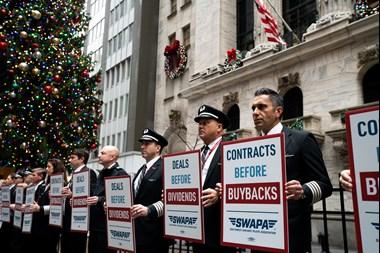Commentary
September jobs printed at 263,000 new jobs, somewhat above the consensus estimate of 250,000 jobs. That’s 52,000 fewer jobs than were created in August 2022 and 161 fewer jobs than September 2021. July revisions added another 11,000 jobs; August was unrevised. It is generally believed that 200,000–250,000 jobs are required to accommodate population growth.





